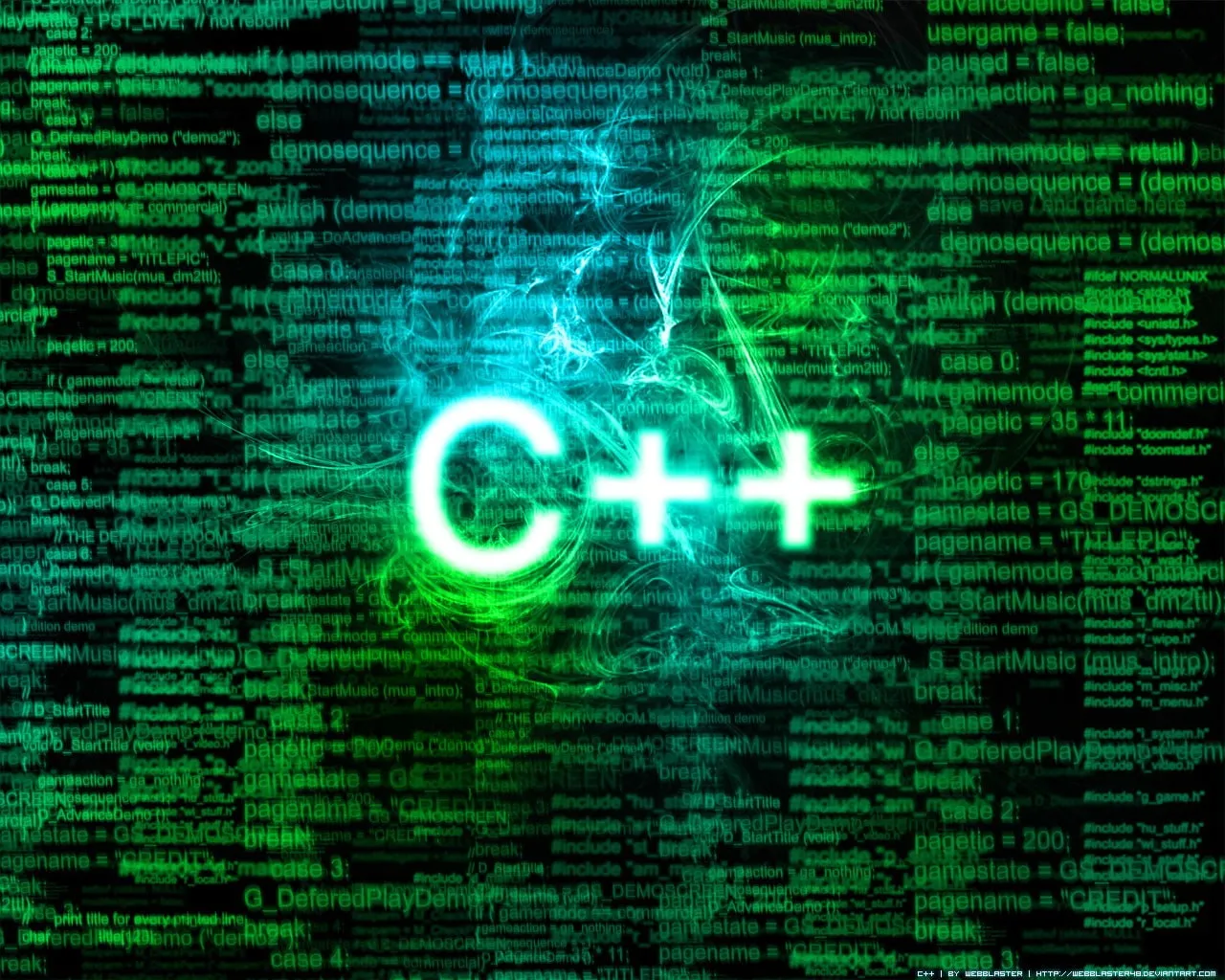
Introduction to C++
C++ is a powerful, high-performance programming language that allows for both procedural and object-oriented programming. It was created by Bjarne Stroustrup in 1979 as an extension of the C language, adding features like classes and object-oriented concepts. C++ is widely used in systems software, game development, embedded systems, and applications where performance is crucial.
Key Features of C++
- Object-Oriented: C++ allows you to define objects and classes to structure code effectively. It supports inheritance, polymorphism, encapsulation, and abstraction.
- Performance: It is known for being a highly efficient language, offering fine-grained control over system resources.
- Portability: Programs written in C++ can run on any machine with a suitable compiler, making it highly portable.
- Low-Level Memory Manipulation: C++ allows you to directly manage memory with pointers and dynamic memory allocation.
- Multi-Paradigm: C++ supports both object-oriented and procedural programming, offering flexibility in coding styles.
NOTEC++ is highly valued in fields where performance is a critical factor, such as in game engines, operating systems, and real-time systems.
Advantages of C++
1. High Performance
C++ is known for its performance. It compiles to native machine code, which allows developers to write highly optimized code. This makes it the language of choice for systems requiring high performance, such as video games and real-time applications.
TIPC++‘s ability to work close to hardware and its control over system resources makes it ideal for performance-intensive applications.
2. Object-Oriented Programming (OOP)
C++ supports OOP principles, which help in designing modular and reusable code. With classes, objects, inheritance, and polymorphism, it is easier to manage large codebases, improve code maintainability, and encourage collaboration.
3. Rich Standard Library
C++ comes with a Standard Template Library (STL) that provides pre-written functions and classes for data structures (like vectors, lists, and maps) and algorithms (such as sorting, searching, etc.). This can save developers a lot of time and effort.
4. Wide Usage and Community
As one of the oldest and most popular languages, C++ has a vast community of developers. This makes it easy to find libraries, tutorials, and support, whether you’re a beginner or an expert.
IMPORTANTC++ has a large ecosystem, with numerous frameworks and libraries, making it easy to integrate with other technologies.
5. Cross-Platform Development
C++ is supported by all major operating systems, including Windows, Linux, and macOS, which allows developers to write cross-platform applications with minimal changes to the source code.
Disadvantages of C++
1. Steep Learning Curve
C++ can be challenging to learn, especially for beginners. Its syntax is complex, and the language offers many features, such as pointers, memory management, and template metaprogramming, that require a deep understanding of programming concepts.
WARNINGBeginners may find C++ difficult due to its syntax complexity and the need for manual memory management.
2. Manual Memory Management
Unlike higher-level languages, C++ requires developers to manually manage memory, which can lead to memory leaks or pointer errors if not handled properly. Modern C++ has introduced smart pointers to mitigate this issue, but the manual management aspect remains.
3. Lack of Garbage Collection
C++ does not include automatic garbage collection like languages such as Java or Python. As a result, developers must manually allocate and deallocate memory, which increases the risk of errors and memory leaks.
4. Complexity and Verbosity
C++ code can be verbose and harder to read compared to more modern languages. Complex features such as templates and multiple inheritance may make the code harder to understand and maintain.
CAUTIONExcessive use of complex C++ features can make the code harder to debug and maintain.
5. Slower Compilation Time
Due to its complexity, C++ programs can have longer compilation times, especially for large projects. This can lead to slower development cycles.
Conclusion
C++ remains one of the most powerful and versatile programming languages available today. It is widely used in various industries, from game development to systems programming. However, its steep learning curve and manual memory management require careful consideration before choosing it for a project.
TIPDespite its drawbacks, C++ remains a critical language in many technical fields due to its unparalleled performance and control over system resources.
References
- Stroustrup, B. (2013). The C++ Programming Language (4th ed.). Addison-Wesley.
- Bjarne Stroustrup. (2024). C++: A Comprehensive Introduction. Retrieved from C++ Programming Resources.
- Cplusplus.com. (2024). C++ Reference. Retrieved from cplusplus.com.

